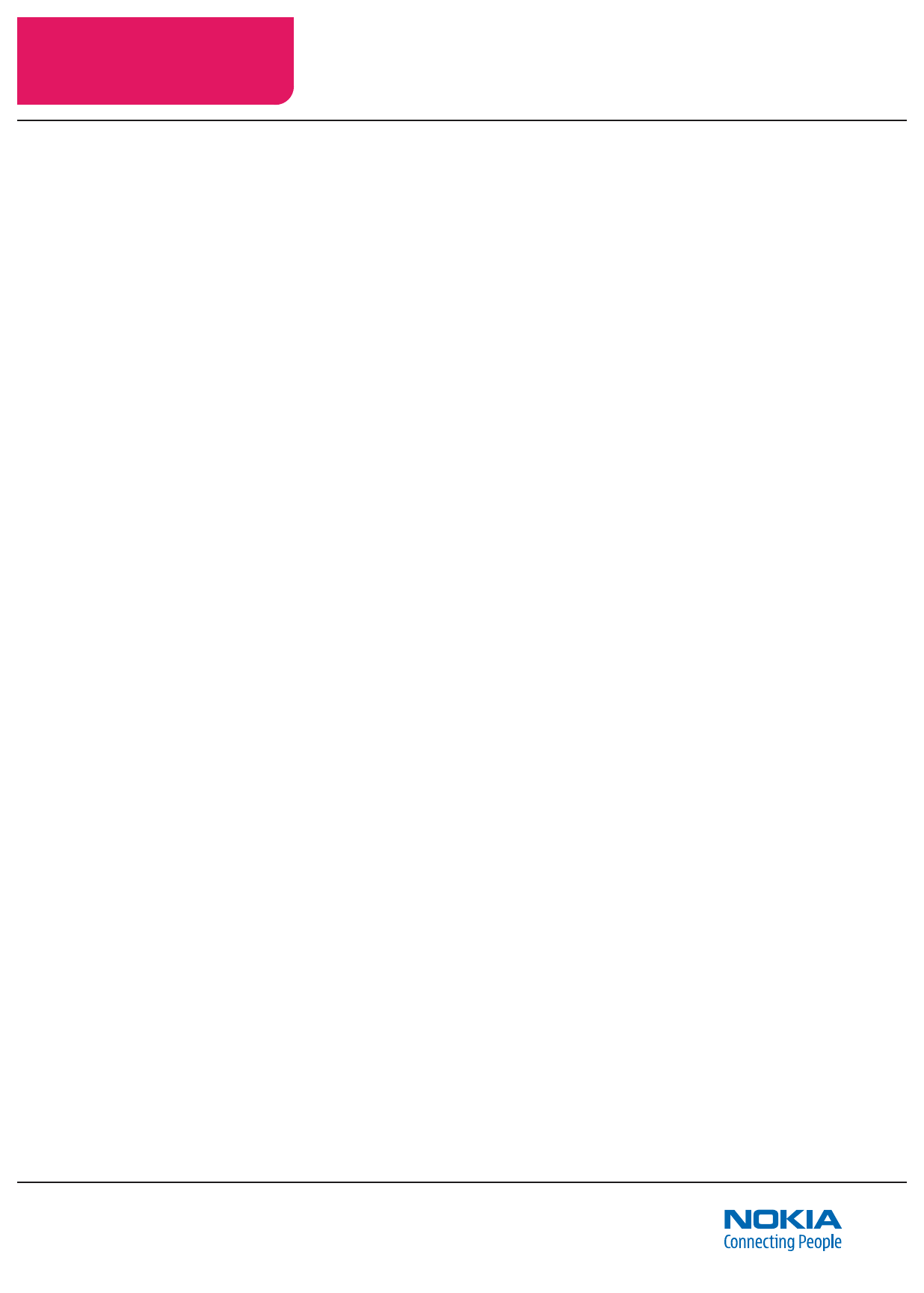
6.14
Chapter 6 Publishing Worlds with the Management Portal
Advanced Settings (continued)
Tagging Rate
Tagging Rate may be set for single or repeat tagging.
With single tagging rate, the client application generates one
tag per label when tagging objects; when set to repeat tagging
rate, multiple tags per label are generated.
Single tagging is generally a cautious tagging approach good for
training and public use (user-generated content).
Repeat tagging facilitates and eases production for most tag-
ging work. For example, let’s say you are going to tag a building,
like Notre Dame cathedral. With repeat tagging, you go into your
Nokia Point & Find client Directory and select or enter “Notre
Dame” as the label, and then you can easily make multiple tags
of the building (from different angles and distances) one after the
other, without the need to re-select or re-enter the label for each
tag image.
Upload Tagged Pictures
Upload Tagged Pictures controls whether your world’s tags are
uploaded to the Nokia Point & Find server right after a tag is cre-
ated, or saved on the client app and uploaded at a later time.
This setting should generally be set to Yes, but in some cases –
for example, when a lot of tags are being created – there may be
some performance advantages to setting Upload Tagged Pictures
to No.
Content Location Association
Below Upload Tagged Pictures is the Content Location Associa-
tion setting, which allows you to set location information in a
URL (such as zip/postal codes [PX.LOC.ZIP] or longitude/latitude
[PX.LOC.LON]/[PX.LOC.LAT]), allowing your world to deliver results
specic to a user’s location.
For example, the Country option allows an object that is recog-
nized in the US to deliver different content to a user than when
the object is recognized by a user in the UK.
Content Location Association settings include Global, Country, Cell
ID, Cell ID/GPS and GPS Only.


















